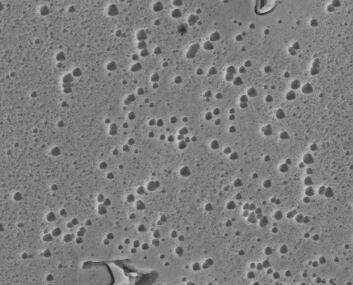First, Definition and principle of metal casting
Metal casting is to inject molten metal into a hollow mold made of high-temperature resistant materials and condense it to obtain a product of the desired shape. This is casting process. The resulting product is a casting.
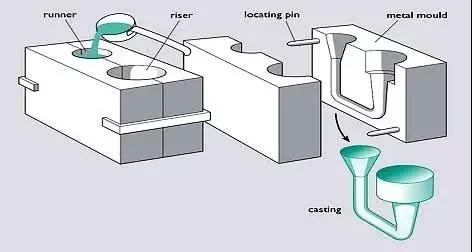
Liquid metal→filling→solidification shrinkage→casting
Second, the classification of metal casting
Refers to the process of injecting molten metal into the mold under the influence of the earth's gravity, also known as gravity casting. The metal liquid is generally poured into the gate manually, and the product is obtained by filling the cavity with the weight of the metal liquid, exhausting, cooling, and opening the mold.
The following is a video of gravity casting, and the understanding is more profound after reading:
2. Sand casting
Sand casting refers to the casting method used to produce castings in sand. Aluminum, iron and most non-ferrous alloy castings can be obtained by sand casting. Because the molding materials used in sand which are cheap and easy to obtain, the casting mold is easy to manufacture, and it can adapt to the single piece production, batch production and mass production of castings. For a long time, it has been the basic process in casting productions.
The following is a video of sand casting, and the understanding is more profound after reading:
Third, Common defects of the process
1. Gas Holes
Reasons for formation,
1) The gas involved in the pouring of the liquid metal exists in the metal casting in the form of pores after the alloy liquid solidifies
2) Subcutaneous pores formed under the skin of the casting after the metal reacts with the mold
3) The slag contained in the alloy liquid or the gas adhering to the scale is mixed into the alloy liquid to form pores

Intrusive porosity caused by the sand core not being dried. | Pore physical, 1x
2. Shrinkage porosity
Cause of formation,
1) The degassing of the alloy liquid is not clean and forms looseness
2) Insufficient shrinkage of the final solidified part
3) Local overheating of mold, excessive moisture and poor exhaust

porosity castings
3. Inclusion
Cause of formation,
1) Foreign objects are mixed into the liquid alloy and cast into the mold
2) Poor refining effect
3) Penetration of foreign objects or molding materials on the surface of the mold cavity
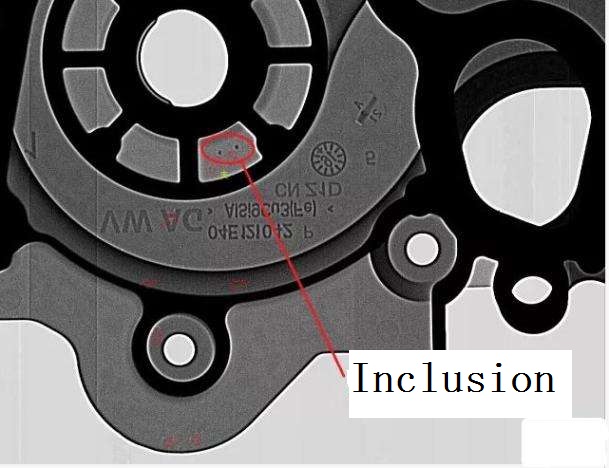
4. Slag inclusion
Cause of formation,
1) Slag removal is not clean after refining and deterioration treatment
2) After refining and deterioration, the rest time is not enough
3) The pouring system is unreasonable, and the secondary oxide scale is caught in the alloy liquid
4) After refining, the alloy liquid is stirred or contaminated
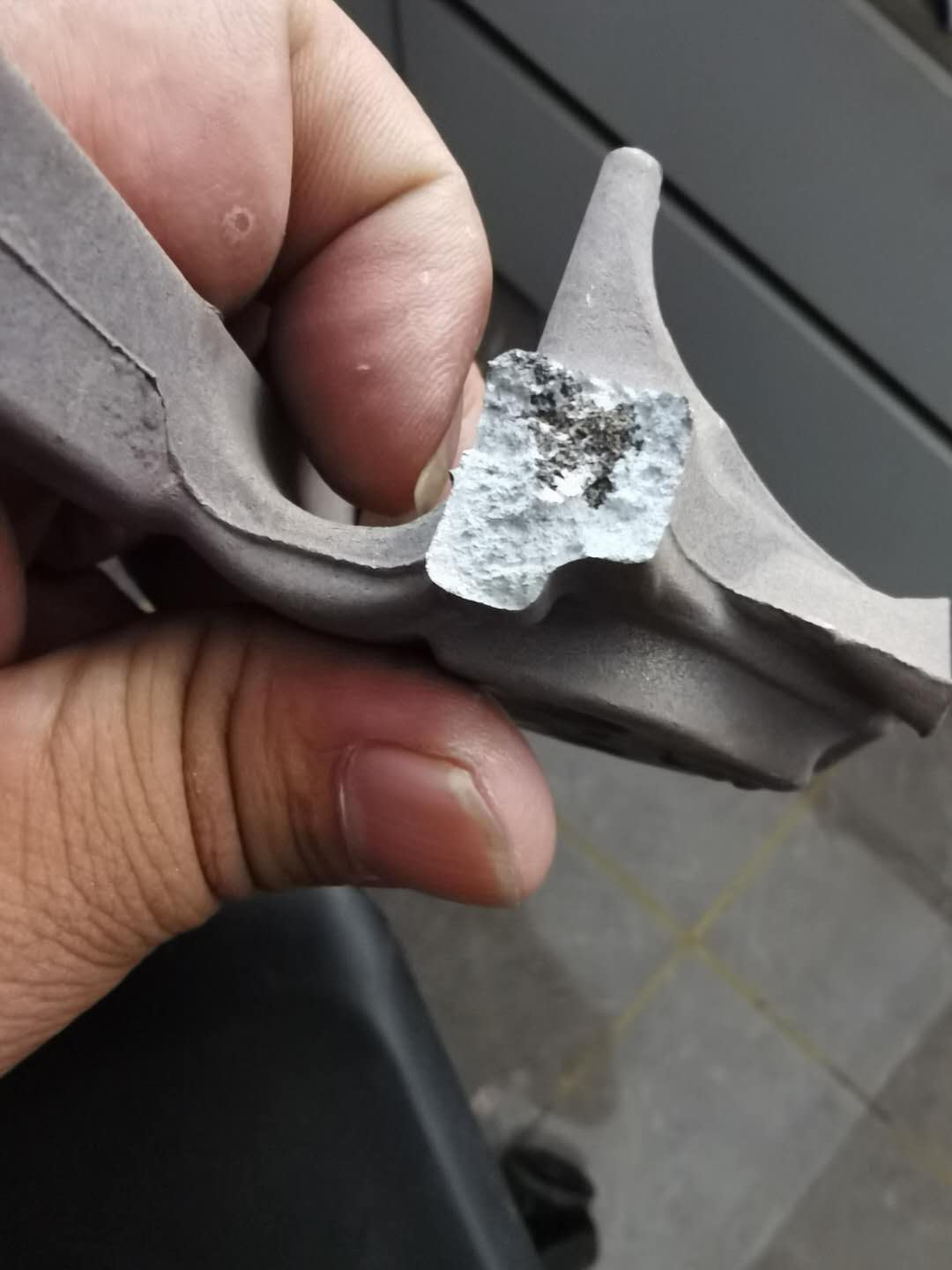
5. Crack
Cause of formation,
1) Uneven cooling of various parts of the metal casting
2) The solidification and cooling process of the casting is subject to external resistance and cannot contract freely. The internal stress exceeds the strength of the alloy and cracks are generated.

6. Segregation
Cause of formation,
When the alloy is solidified, the precipitated phase and the liquid phase contain different solute concentrations. In most cases, the liquid phase solute is enriched and it is too late to diffuse, so that the chemical composition of the solidified part is not uniform.
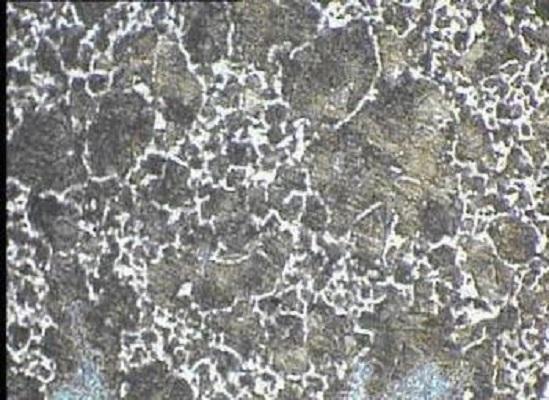
7. The composition is out of tolerance
Cause of formation
1) The composition of the intermediate alloy or prefabricated alloy is uneven or the analysis error of the composition is too large
2) Wrong charge calculation or batch weighing
3) Improper smelting operation, excessive oxidation of easy-burning elements
4) Uneven smelting and agitating, uneven distribution of segregated elements
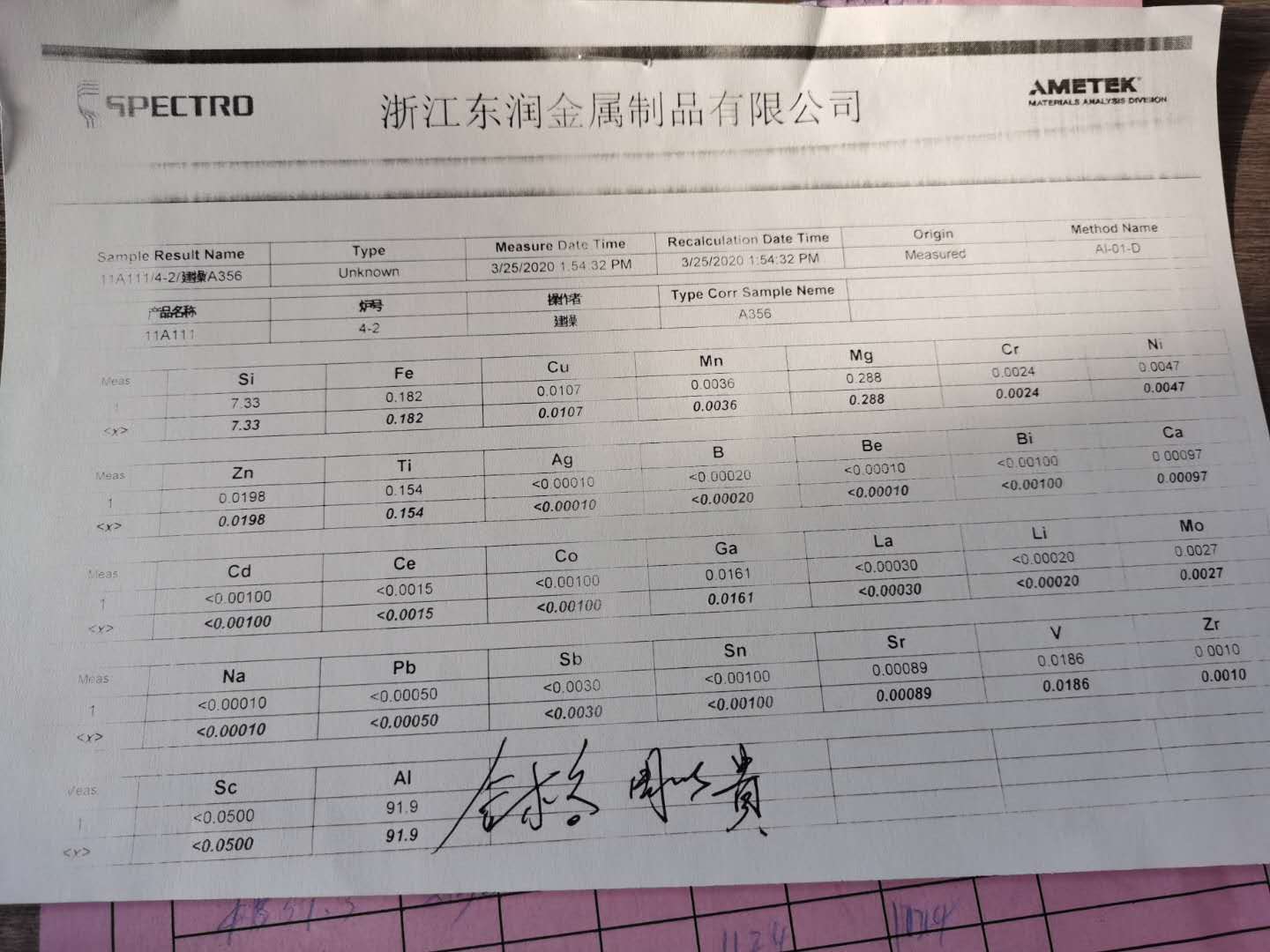
8. Pinhole
Cause of formation,
The gas (mainly hydrogen) dissolved in the liquid state of the alloy, evenly distributed pores formed from the alloy during the solidification process of the alloy.
